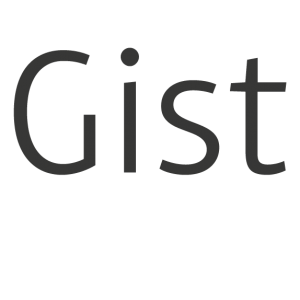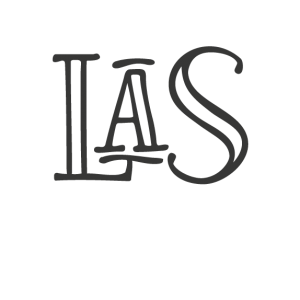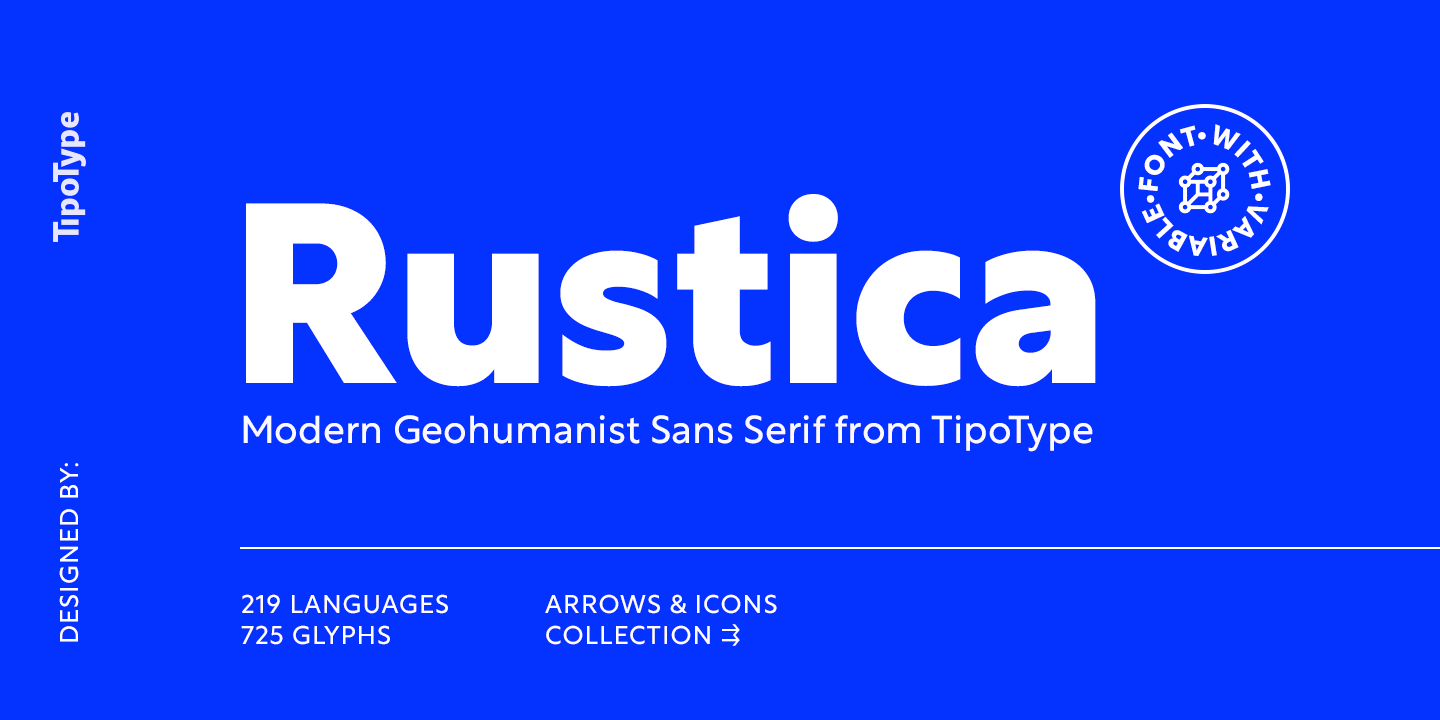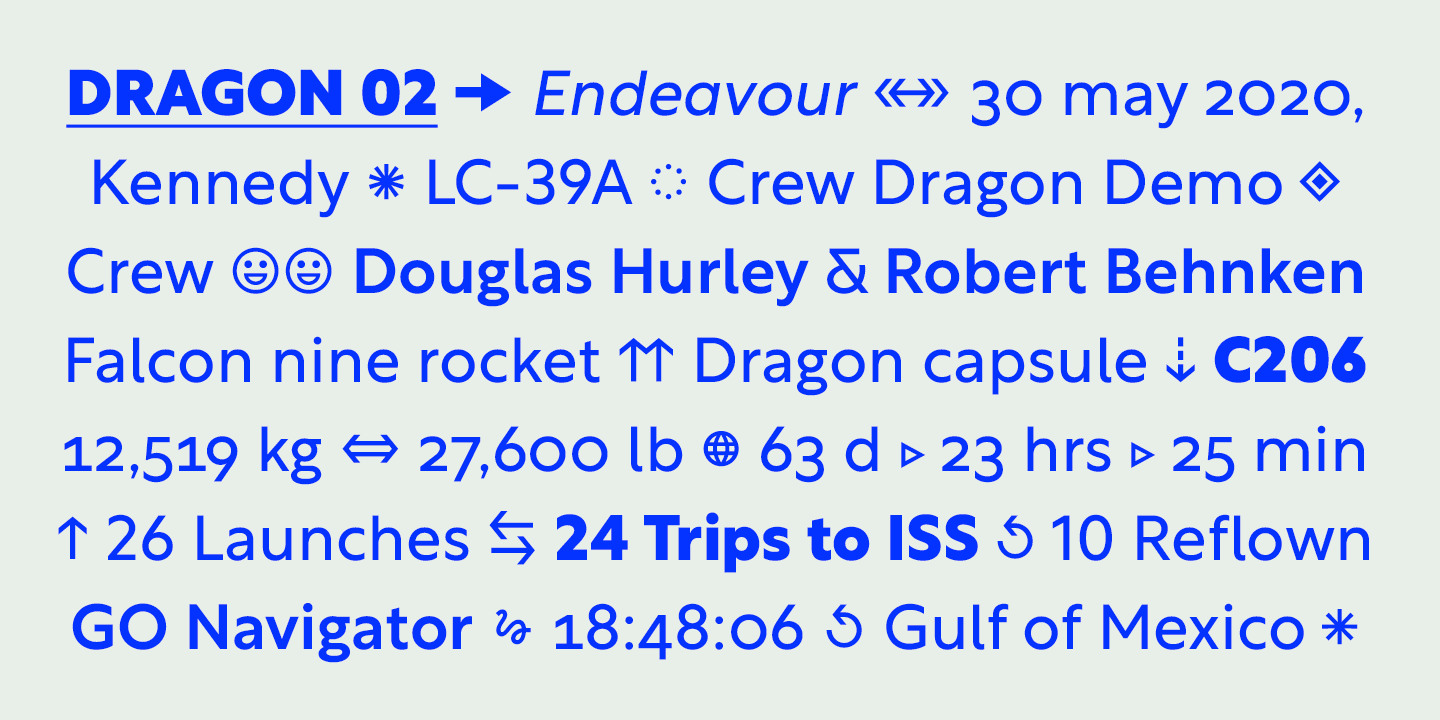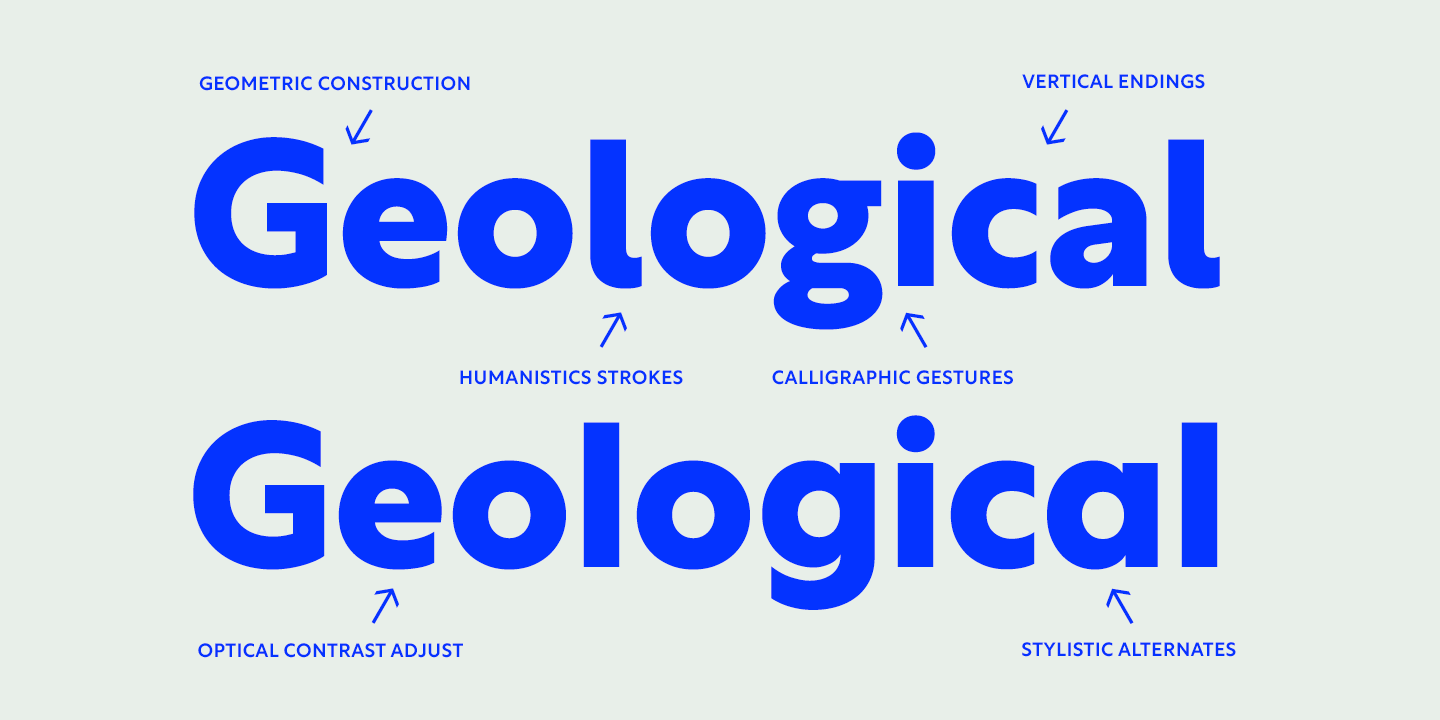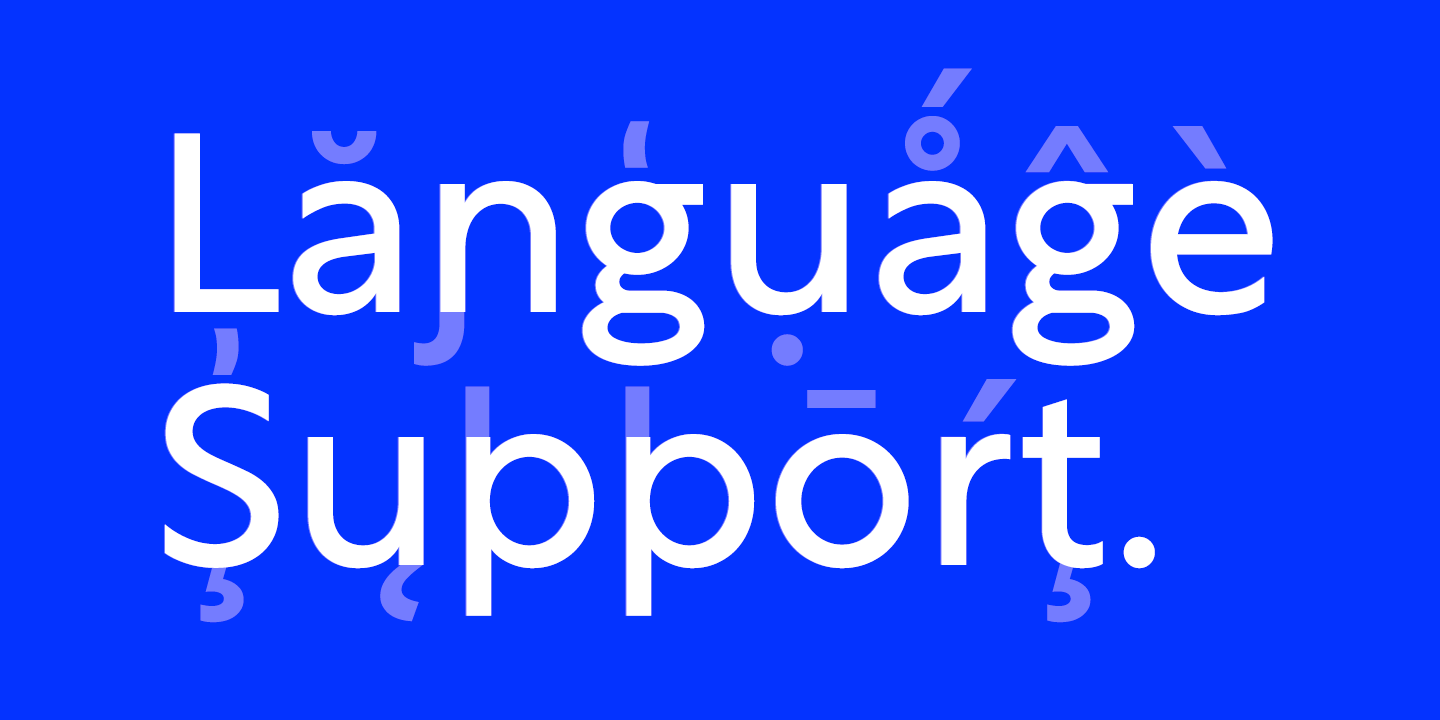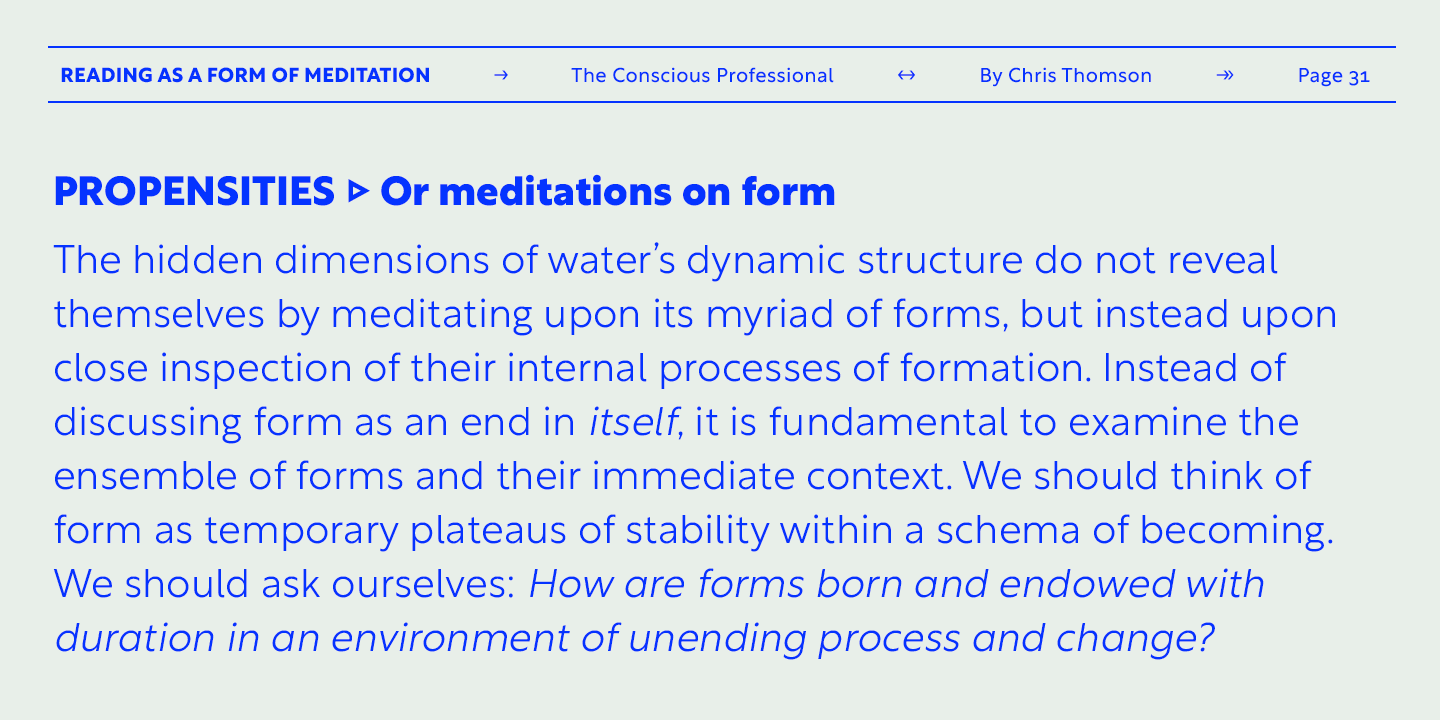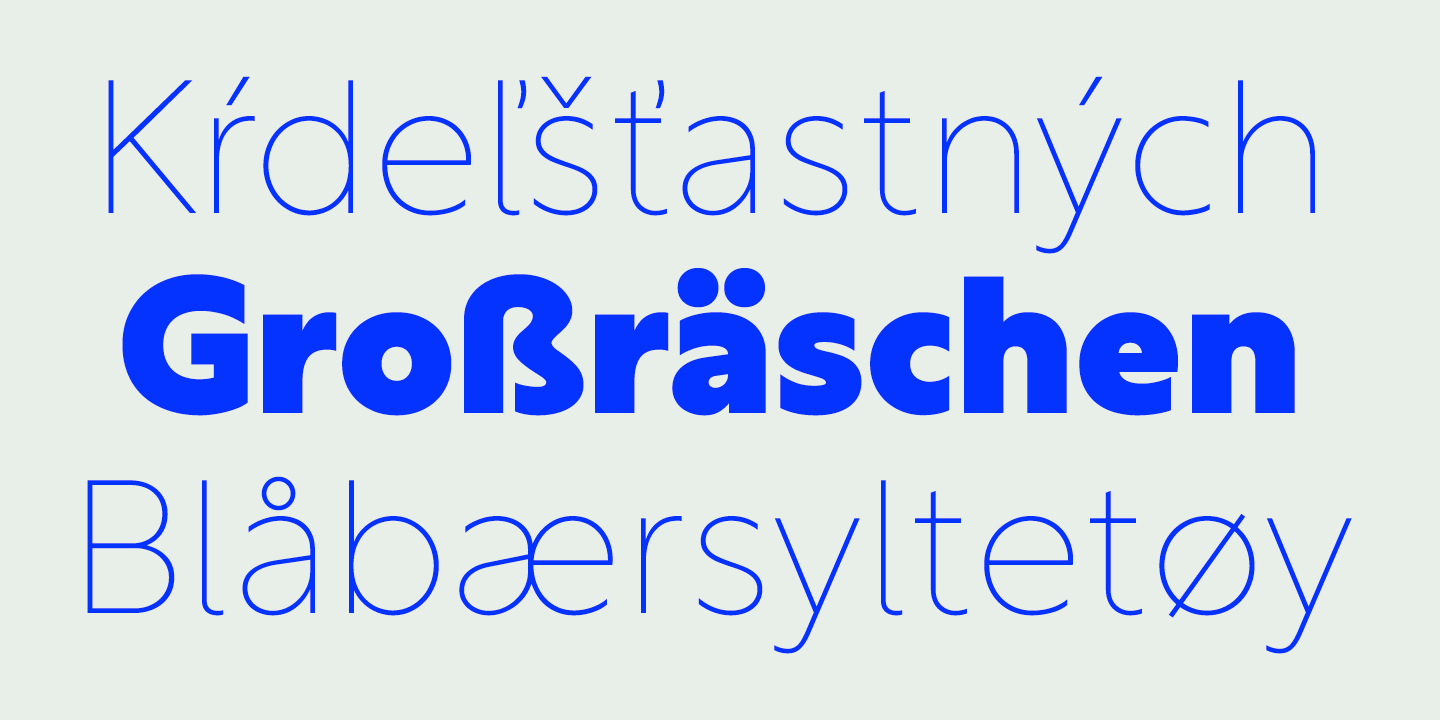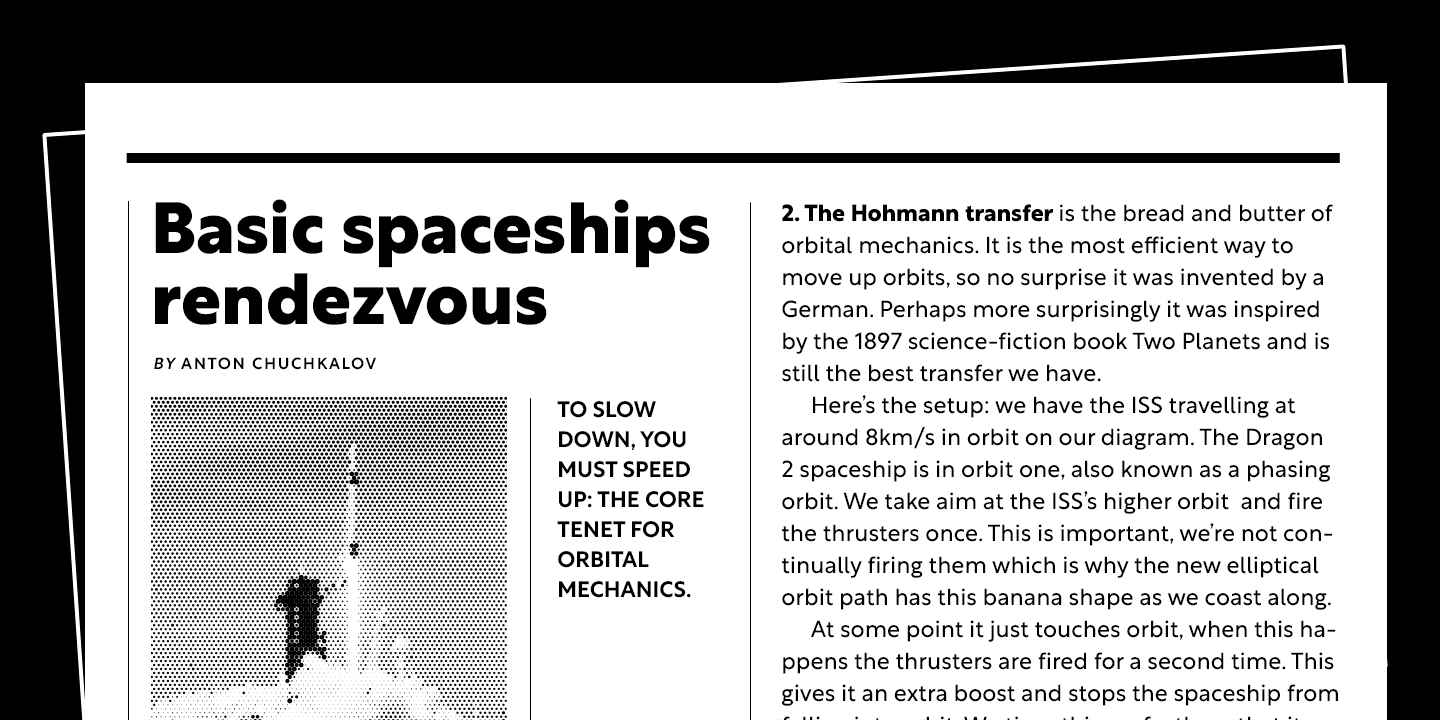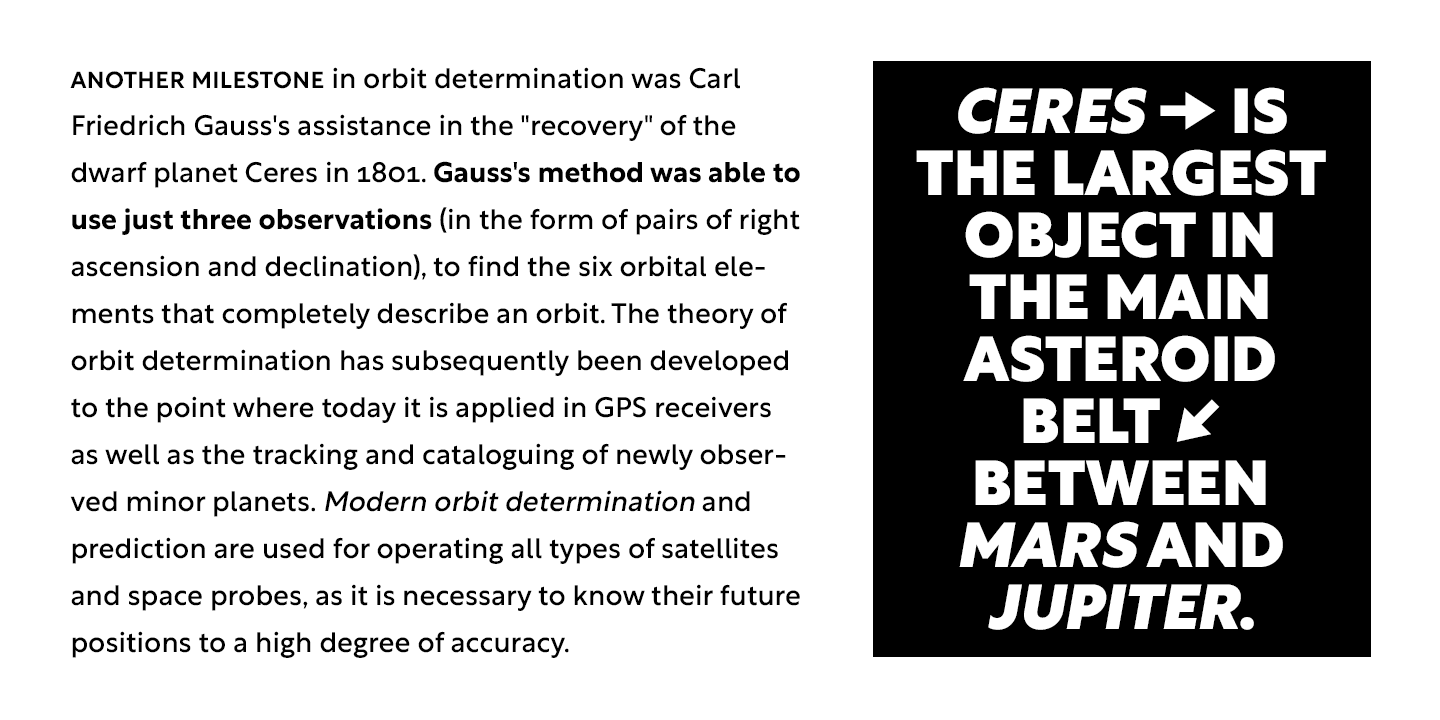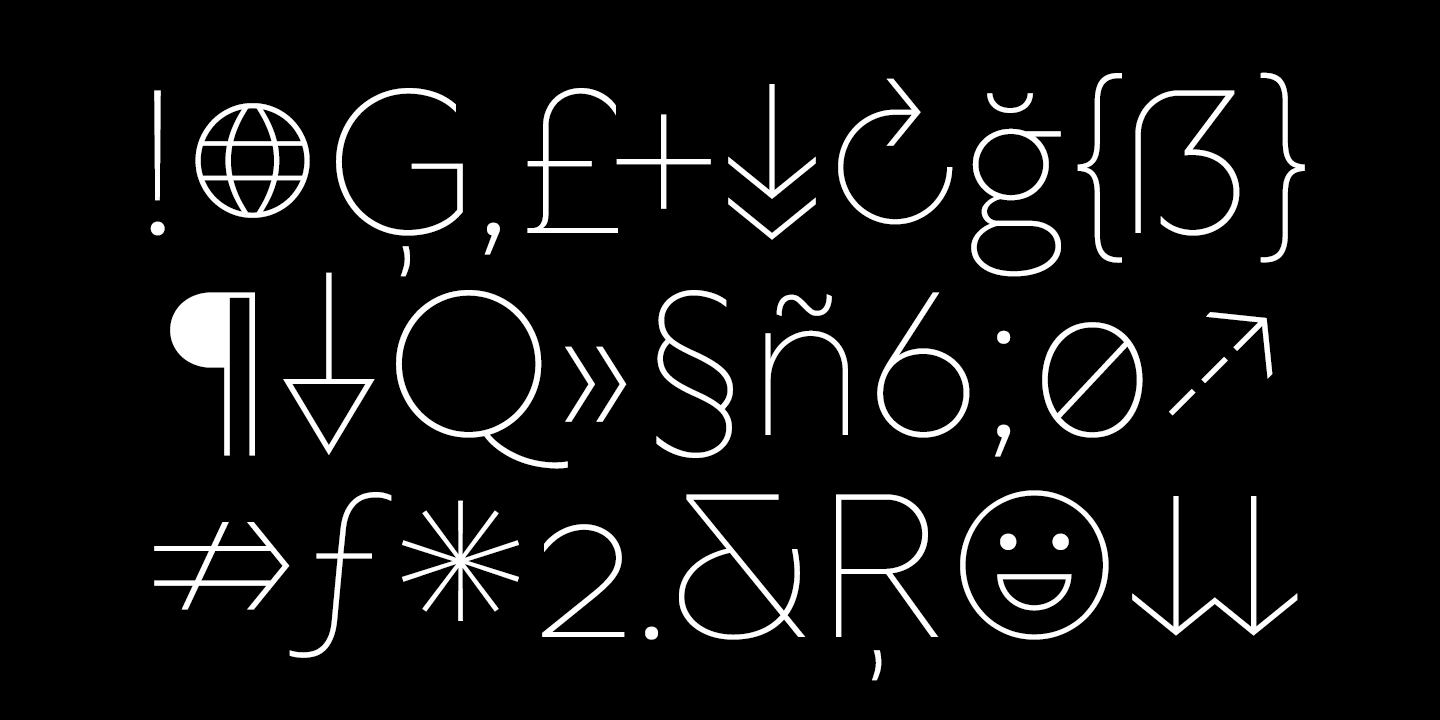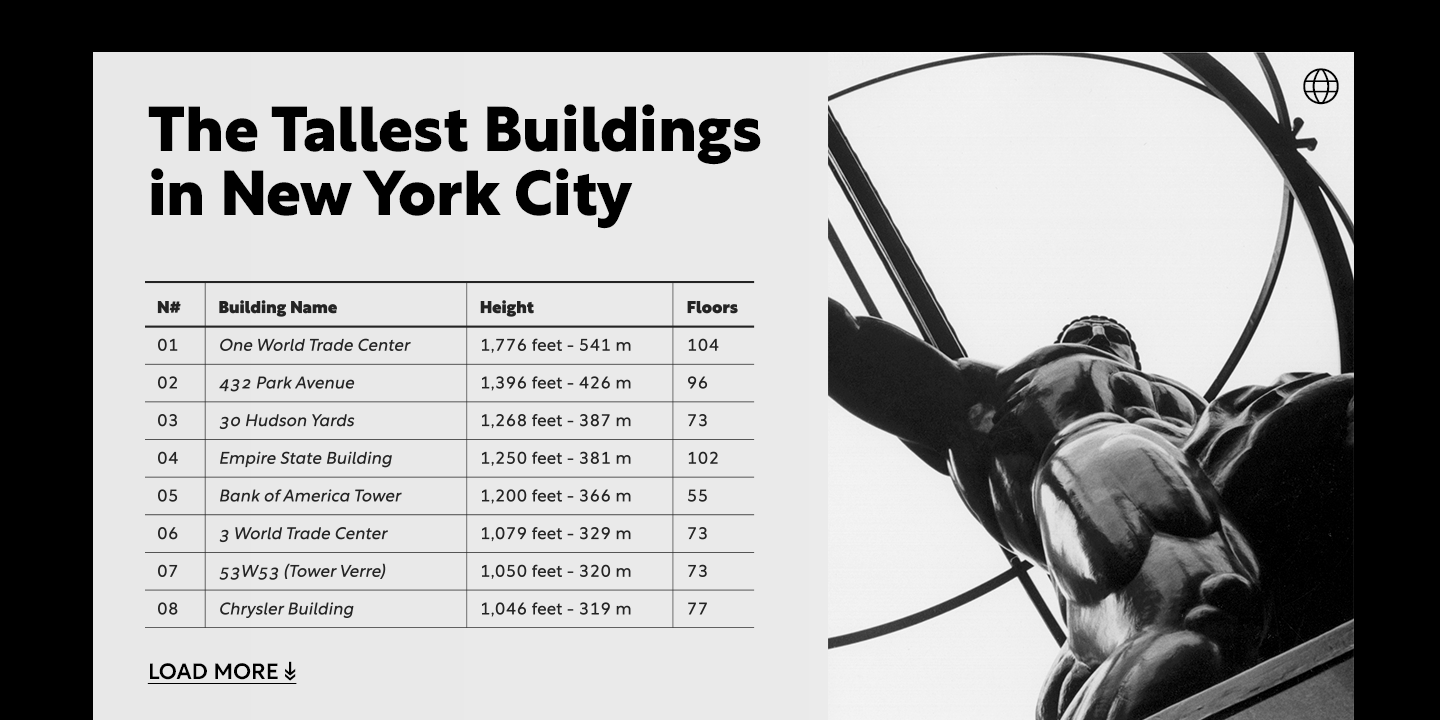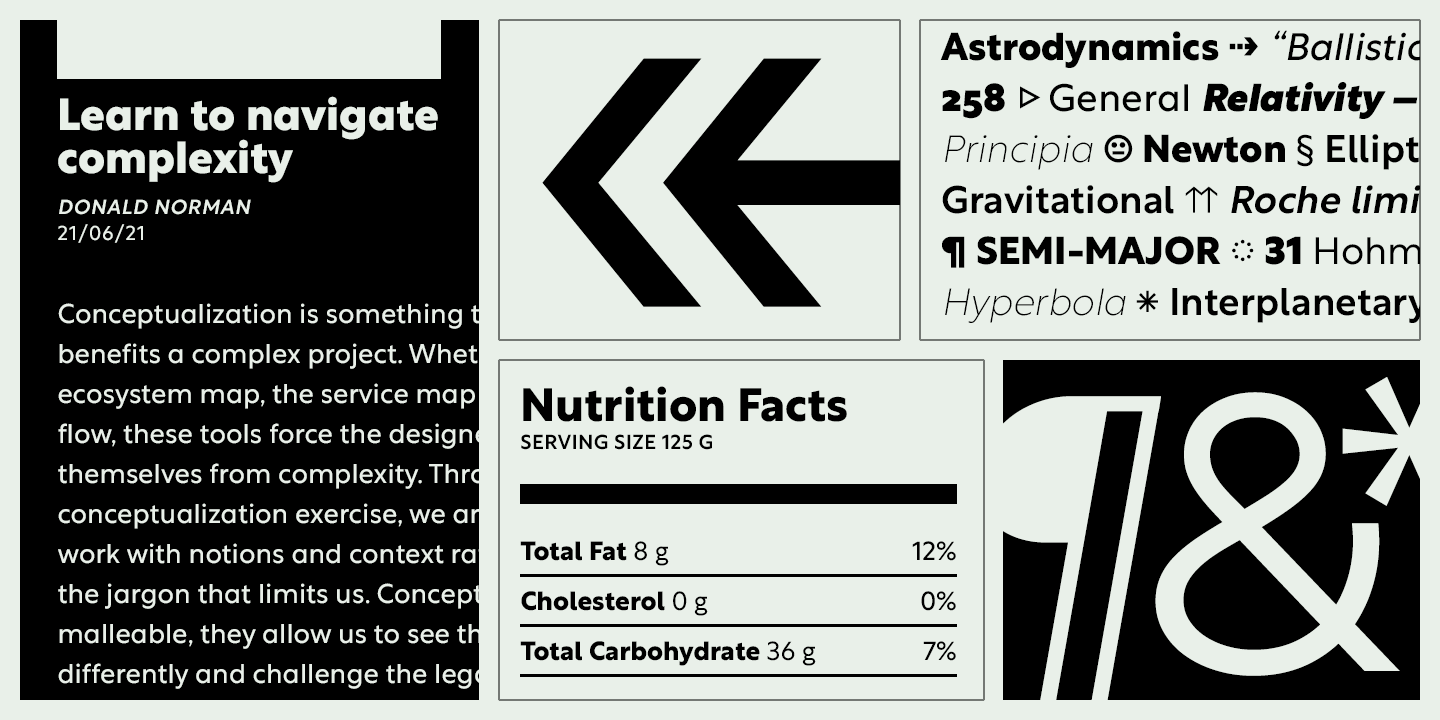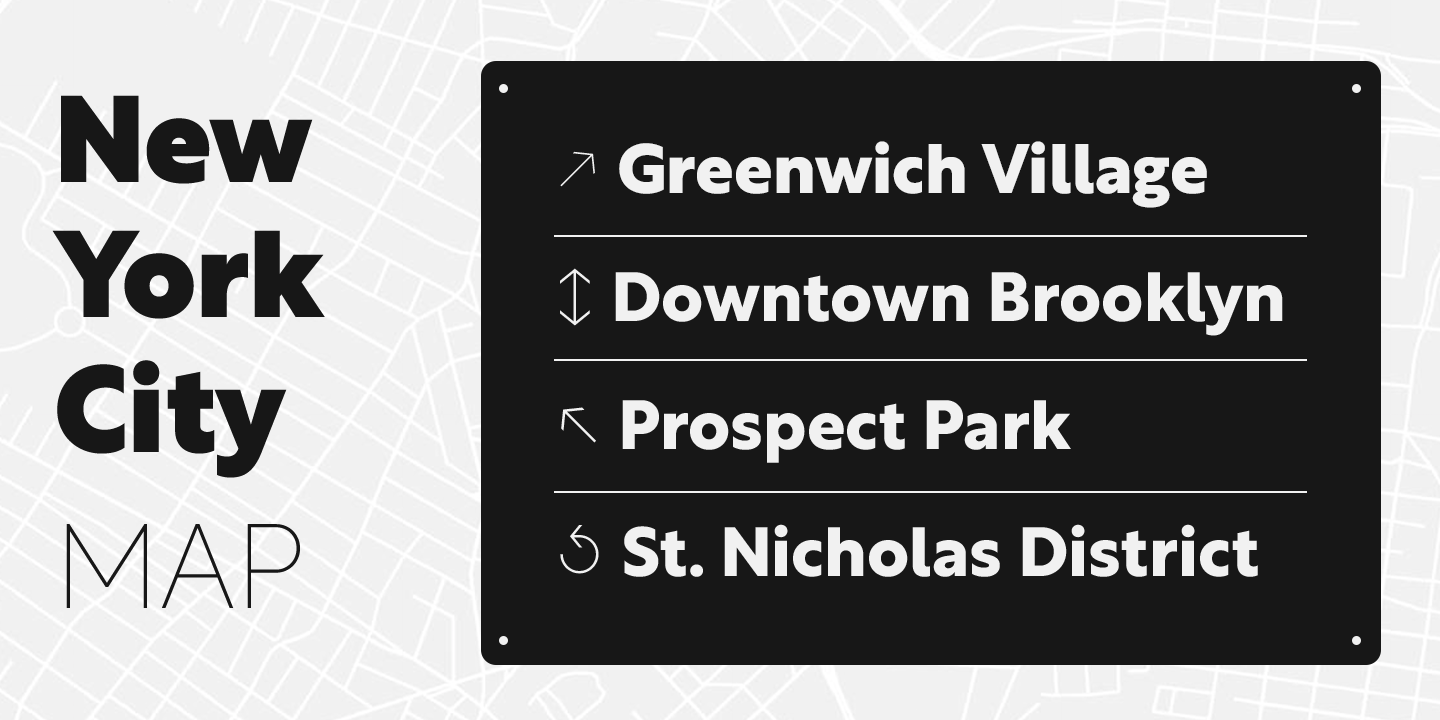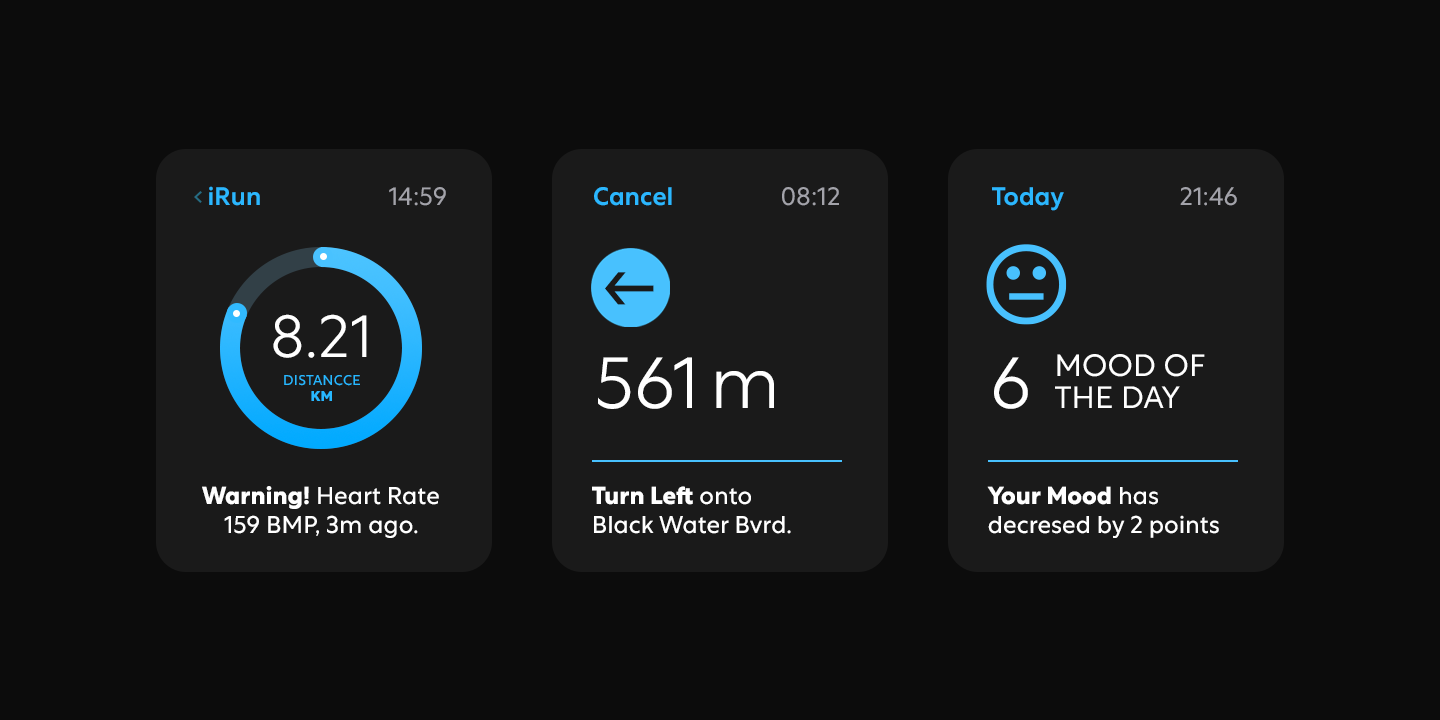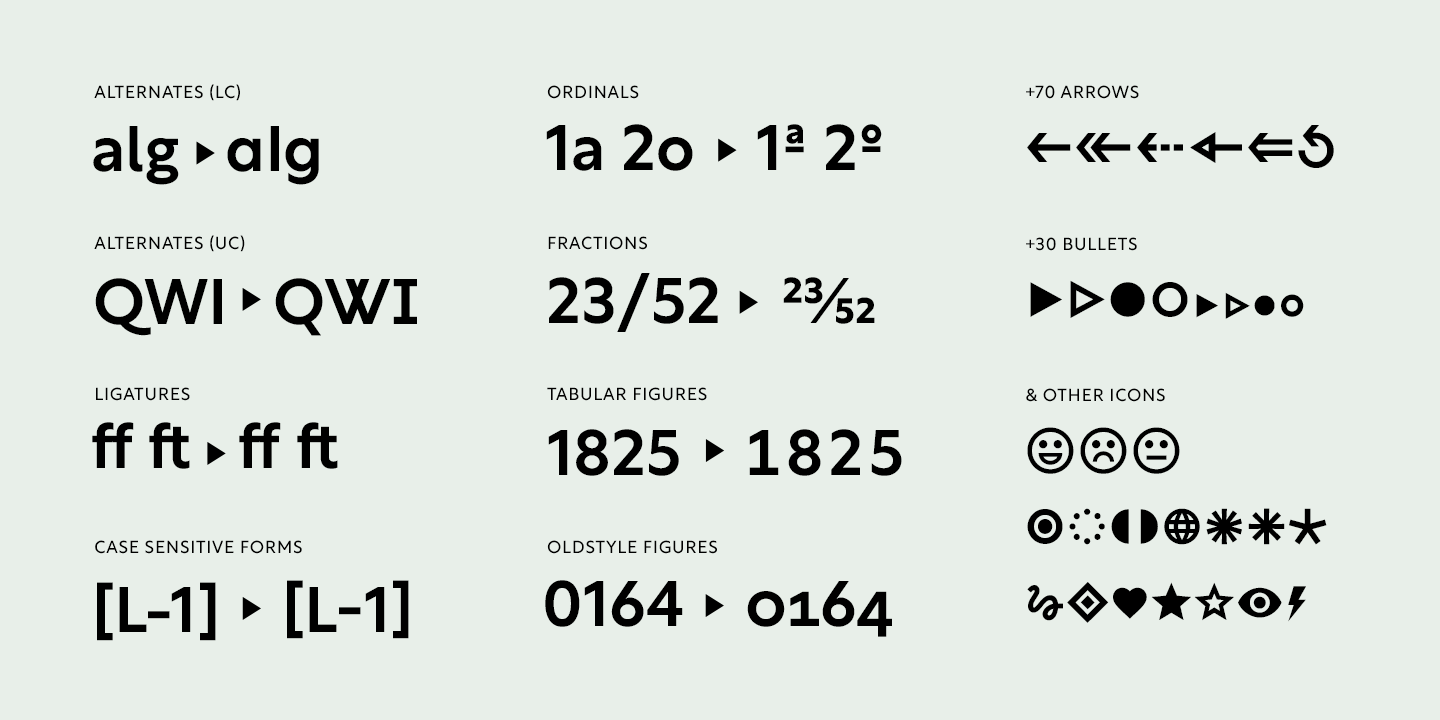Rustica-familia
From: $0.00
Description
Purchasing a Desktop+Web license will grant an additional 25% discount.
(Applied at the checkout)
For other licensing options (Broadcasting, Video Game, Digital Ads, E-book, Trial, Educational, etc…) Contact Us
Prices expressed in dollars. Taxes are not included and will be calculated according to the country.
It’s a GeoHumanist sans serif. Type design looks back at its past to return with renovated strength to its march to the future. Rustica is based on a humanist architecture with the addition of the determination and precision of the geometry of the classic sans of the early 20th century. Thus, a typographic conception typical of 21st century communications: returning to the human values of closeness and proximity, adding the certainty of knowledge and science.
Rustica is born out of the DNA of our awarded font Rotunda, contributing to this typographic ecosystem humanist notes enhanced by the precision and discipline of geometry.
Technical Details
Open Type Features:
Localized Forms, Stylistic Sets, Stylistic Alternates, Ordinals, Superiors, Subs, Old-Style Numerals, Tabular Numerals, Self-Building Fractions, Kerning, Ligatures.
Glyph count:
729 Characters.
Language Support:
219 Languages.
Available formats:
OTF, TTF, WOFF 2, WOFF, EOT, SVG, VARIABLE FONT.
Language support
Latin based languages of these countries and regiones supported by this type family:
- Abenaki
- Afaan Oromo
- Afar
- Afrikaans
- Albanian
- Alsatian
- Amis
- Anuta
- Aragonese
- Aranese
- Aromanian
- Arrernte
- Arvanitic (Latin)
- Asturian
- Atayal
- Aymara
- Azerbaijani
- Bashkir (Latin)
- Basque
- Belarusian (Latin)
- Bemba
- Bikol
- Bislama
- Bosnian
- Breton
- Cape Verdean Creole
- Catalan
- Cebuano
- Chamorro
- Chavacano
- Chichewa
- Chickasaw
- Cimbrian
- Cofán
- Cornish
- Corsican
- Creek
- Crimean Tatar (Latin)
- Croatian
- Czech
- Danish
- Dawan
- Delaware
- Dholuo
- Drehu
- Dutch
- English
- Esperanto
- Estonian
- Faroese
- Fijian
- Filipino
- Finnish
- Folkspraak
- French
- Frisian
- Friulian
- Gagauz (Latin)
- Galician
- Ganda
- Genoese
- German
- Gikuyu
- Gooniyandi
- Greenlandic (Kalaallisut)
- Guadeloupean Creole
- Gwich’in
- Haitian Creole
- Hän
- Hawaiian
- Hiligaynon
- Hopi
- Hotcąk (Latin)
- Hungarian
- Icelandic
- Ido
- Igbo
- Ilocano
- Indonesian
- Interglossa
- Interlingua
- Irish
- Istro-Romanian
- Italian
- Jamaican
- Javanese (Latin)
- Jèrriais
- Kaingang
- Kala Lagaw Ya
- Kapampangan (Latin)
- Kaqchikel
- Karakalpak (Latin)
- Karelian (Latin)
- Kashubian
- Kikongo
- Kinyarwanda
- Kiribati
- Kirundi
- Klingon
- Kurdish (Latin)
- Ladin
- Latin
- Latino sine Flexione
- Latvian
- Lithuanian
- Lojban
- Lombard
- Low Saxon
- Luxembourgish
- Maasai
- Makhuwa
- Malay
- Maltese
- Manx
- Māori
- Marquesan
- Megleno-Romanian
- Meriam Mir
- Mirandese
- Mohawk
- Moldovan
- Montagnais
- Montenegrin
- Murrinh-Patha
- Nagamese Creole
- Nahuatl
- Ndebele
- Neapolitan
- Ngiyambaa
- Niuean
- Noongar
- Norwegian
- Novial
- Occidental
- Occitan
- Old Icelandic
- Old Norse
- Onĕipŏt
- Oshiwambo
- Ossetian (Latin)
- Palauan
- Papiamento
- Piedmontese
- Polish
- Portuguese
- Potawatomi
- Q’eqchi’
- Quechua
- Rarotongan
- Romanian
- Romansh
- Rotokas
- Sami (Inari Sami)
- Sami (Lule Sami)
- Sami (Northern Sami)
- Sami (Southern Sami)
- Samoan
- Sango
- Saramaccan
- Sardinian
- Scottish Gaelic
- Serbian (Latin)
- Seri
- Seychellois Creole
- Shawnee
- Shona
- Sicilian
- Silesian
- Slovak
- Slovenian
- Slovio (Latin)
- Somali
- Sorbian (Lower Sorbian)
- Sorbian (Upper Sorbian)
- Sotho (Northern)
- Sotho (Southern)
- Spanish
- Sranan
- Sundanese (Latin)
- Swahili
- Swazi
- Swedish
- Tagalog
- Tahitian
- Tetum
- Tok Pisin
- Tokelauan
- Tongan
- Tshiluba
- Tsonga
- Tswana
- Tumbuka
- Turkish
- Turkmen (Latin)
- Tuvaluan
- Tzotzil
- Uzbek (Latin)
- Venetian
- Vepsian
- Volapük
- Võro
- Wallisian
- Walloon
- Waray-Waray
- Warlpiri
- Wayuu
- Welsh
- Wik-Mungkan
- Wiradjuri
- Wolof
- Xavante
- Xhosa
- Yapese
- Yindjibarndi
- Zapotec
- Zarma
- Zazaki
- Zulu
- Zuni
Character set
This is the list of characters included in the different variants of type family.

